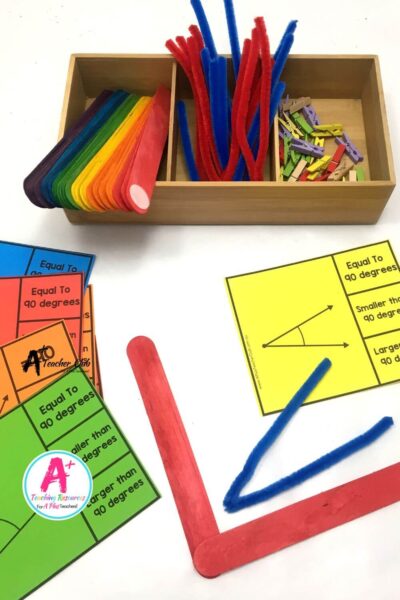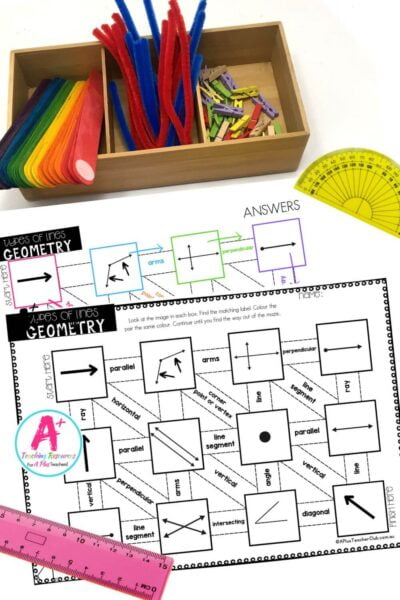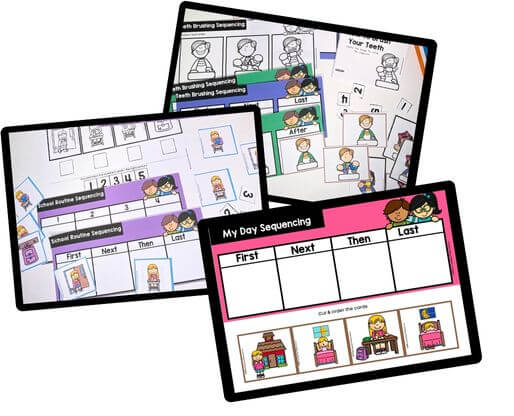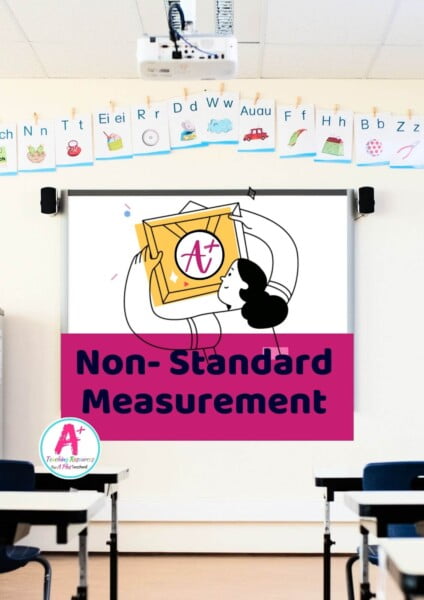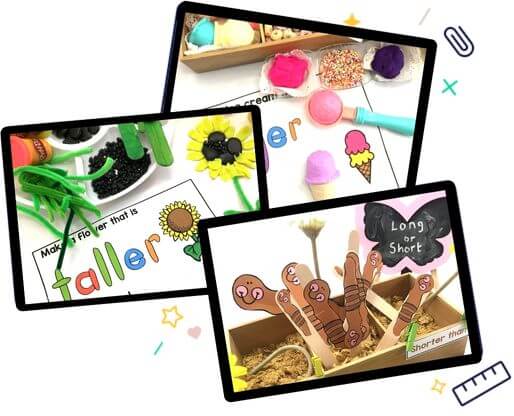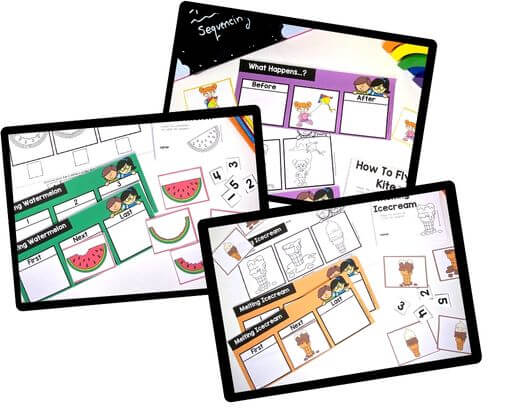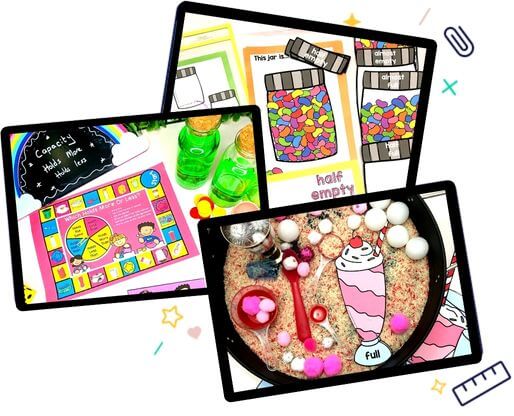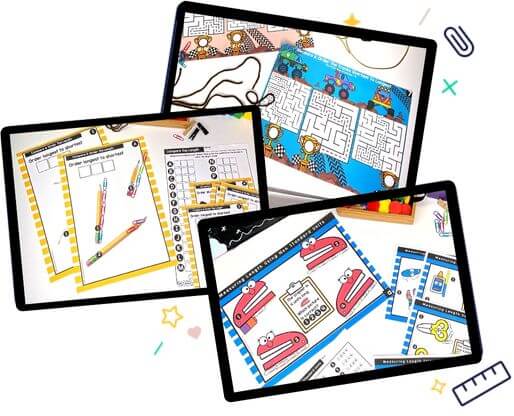Hands-On Angle Activities
Measurement Resources
Looking for hands-on angle activities to make math more engaging for your students? Check out these fun ideas for teaching kids to name, compare, and measure angles in the classroom.
Hey there, fellow primary school teachers! Today, we’re talking about angles – one of the most important concepts in mathematics. Understanding angles is not only crucial for mathematical applications but also for everyday life. From reading maps and using navigation tools to building structures, angles play a vital role. So, let’s dive into how we can teach angles to our students and help them build a strong foundation in math.
Angles in the Australian Curriculum
The Australian Curriculum outlines the scope and sequence for learning about angles in the Measurement Sub Strand of the Mathematics Learning Area. Here are the ACV8.4 & ACV9 Content Descriptions and numbers you need to cover for each year level:
- ACV8.4 – Year 2: Recognise and classify familiar two-dimensional shapes and three-dimensional objects using obvious features (ACMMG043).
- ACV9 – Year 2 – Identify, describe and demonstrate quarter, half, three-quarter and full measures of turn in everyday situations (AC9M2M05)
- ACV8.4 – Year 3: Identify angles as measures of turn and compare angle sizes in everyday situations (ACMMG064)
- ACV9 – Same as ACV8.4 (AC9 M3Mo5)
- ACV8.4 – Year 4: Recognise angles as geometric shapes that are formed wherever two rays share a common endpoint, and identify angles as either straight, right, acute or obtuse (ACMMG089).
- ACV9 – Year 4 – Estimate & compare angles using angle names including acute, straight angle, obtuse, reflex and revolution, and recognise their relationship to the right angle (AC9M4M04)
- ACV8.4 – Year 5: Use a protractor to measure angles (ACMMG112).
- ACV9 – Year 5 estimate, construct & measure angles in degrees, using appropriate tools including a protractor, and relate these measures to angle names. (AC9M5M04)
- ACV8.4- Year 6: Investigate, with and without digital technologies, angles on a straight line, angles at a point and vertically opposite angles. Use results to find unknown angles (ACMMG141).
- ACV9 – Year 6 – Identify the relationships between angles on a straight line, angles at a point and vertically opposite angles; use these to determine unknown angles, communicating reasoning.
As you can see, students start learning about angles from Year 3 but in Year 2 important and build upon their understanding each year.
Problems To Look Out For When Teaching Angles
Learning about angles is usually thought of one of the easier maths concepts for students; however it can be challenging for some students. Here are some problems that students may have when learning about angles:
- Difficulty in visualising angles: Some students may find it hard to understand and visualise different types of angles. For example, distinguishing between acute and obtuse angles may be tricky.
- Measuring angles: Measuring angles accurately can be challenging for some students, especially if they don’t have prior experience with using a protractor.
- Another challenge is visualizing angles in different positions or orientations.
- Applying angle concepts: Students may struggle with applying angle concepts in real-life situations.
However, with some hands-on activities and practice, these challenges can be overcome.
How To Teach Angles
So, how can we make learning about angles more engaging and hands-on for our students? Here are some ideas:
- Angle hunt: Take students on an angle hunt around the school or classroom. They can use their bodies or paper cut-outs to show different types of angles. Or hide various objects around the classroom that have different angles, and have students find them and classify them as right, acute, obtuse, or straight.
- Protractor practice: Give students opportunities to practice measuring angles using protractors. You can use worksheets or create hands-on activities using construction paper and cardboard. Students could also use their protractors to measure different angles around the classroom.
- Angle art: Encourage students to create artwork using different types of angles. For example, they can make a robot using different angles or create a cityscape with buildings of different angles. Have students create different angles using materials such as straws, pipe cleaners, or paper clips. Then, have them identify the type of angle they have created. This activity helps students visualize angles in different positions and orientations.
- Digital tools: Use digital tools like Geogebra to visualise and explore angles. You can also use online games and quizzes to make learning about angles more fun.
Remember, teaching angles can be challenging, but incorporating hands-on activities and engaging angle lesson plans can make all the difference. By using these engaging activities and practicing regularly, students can develop a solid understanding of angles and their importance in the world of math. Remember to take it step-by-step and give your students plenty of opportunities to practice and apply their knowledge. Good luck and happy teaching!
So, there you have it, some awesome tips and ideas for teaching angles to primary school students. We have also created some great resources to help you too. Give them a try and watch your students’ math skills soar!
Resources listed in this collection
Click to jump to...Hands-On Angle Activities
Explore tags
More Measurement Activities

EYFS Area

EYFS Mass
Can't find what you're looking for?
Send us a request! Use this form to request a resource. Please give details of the learning area, topic, year level, curriculum links. We’ll be happy to take a look to see if we can fit it in. Unfortunately a request does not guarantee we will be able to make it!
"*" indicates required fields

